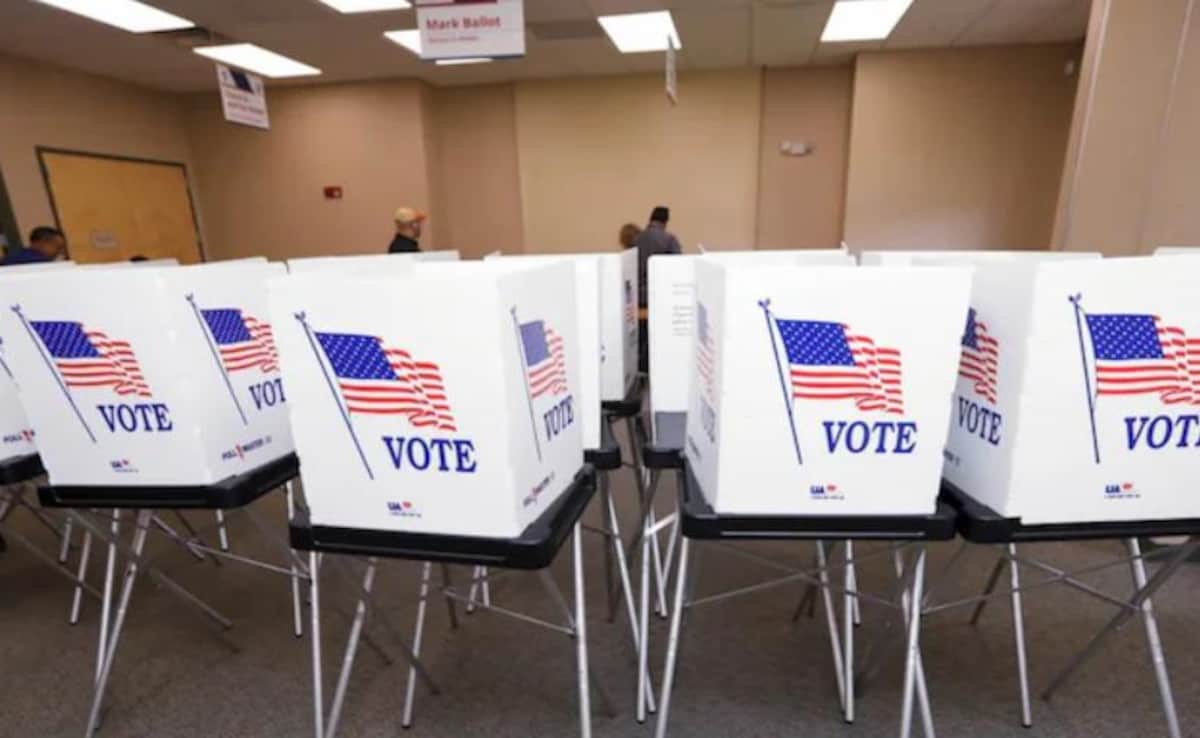We are days away from the 2024 United States Presidential elections. Most surveys have predicted a neck-and-neck fight between Democratic nominee Kamala Harris and Republican candidate Donald Trump. Central to this election is the Electoral College, the process through which Americans elect their president and vice president. Much like the 2016 and 2020 elections, the Electoral College is likely to be a topic of interest this year as well. The system has resulted in two presidents being elected without winning the popular vote.
Understanding The Electoral College
The Electoral College is not a place, but a body of Electors that formally elects the President and Vice President of the US. A candidate must secure a majority of the 538 electoral votes – at least 270 – to win the presidency.
Electors are chosen by political parties in each state, and in most states, they are required to cast their votes for the candidate who wins the popular vote within their state. Most states use a winner-take-all system. It means the candidate with the most votes in the state receives all its electoral votes. Only Maine and Nebraska use a proportional allocation system, allowing some electoral votes to be split.
The Electoral College was established by the Founding Fathers as a compromise to balance the influence of populous and less populous states and was influenced by concerns about direct democracy.
How The Electoral College Works
Each state’s electoral votes are based on its representation in Congress – two for its senators and the number of its representatives in the House. This means larger states have more electoral votes. For instance, California has 54 electoral votes, while smaller states such as Wyoming have only three. Washington DC has three electoral votes, despite not being a state.
Voting Process
After the general election, a state’s executive prepares a document called the Certificate of Ascertainment. This lists the electors for each candidate and shows how many votes each received. This document is sent to the National Archives and Records Administration (NARA) as part of the official election records.Electors meet on the first Tuesday after the second Wednesday in December following the election. They cast their votes for President and Vice President on separate ballots. The votes are recorded on a Certificate of Vote, which is also sent to Congress and NARA.If a candidate wins the popular vote in a state, they typically receive all of that state’s electoral votes (except in Maine and Nebraska, which can split their votes).On January 6 of the following year, Congress holds a joint session to count the electoral votes. Members of the House and Senate gather in the House Chamber to conduct this count. The Vice President oversees the counting and announces the results, declaring the elected President and Vice President.The President-elect is sworn in on January 20 of the year after the election, officially becoming the President of the United States.If no candidate receives 270 electoral votes, the election is decided by the House of Representatives, with each state delegation casting one vote for President. The Senate elects the Vice President.
There is significant debate over the process, with many Americans favouring a popular vote system instead. However, attempts to reform or abolish the Electoral College have not succeeded.
Occasionally, electors may not vote for the candidate they are pledged to, known as “faithless electors.” While this has occurred, it has never changed the outcome of an election.














